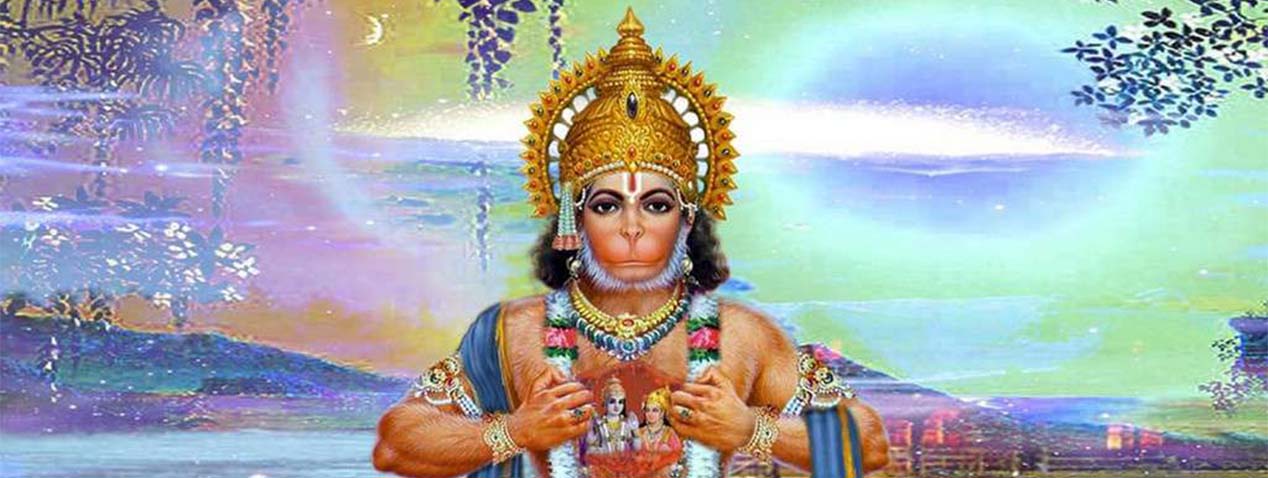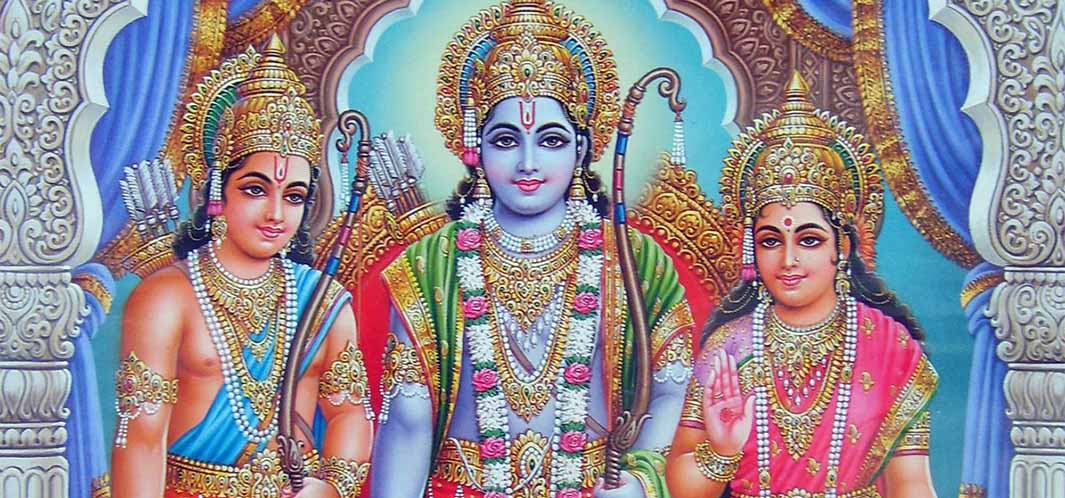South Asia Center Engagement with K-12 Classrooms
The Ramayana

The Story of Rama

Reference and Classroom Materials
Rama and Hinduism
One of the oldest religious traditions, with a Hindu text dating from 1200 B.C.E., Hinduism embodies a large number of different expressive paths and has no single founder, text or administrative authority. The name Hinduism comes from sindhu, the Indo-Aryan word for “the sea” and came to apply to the region east of the Indus River.
Composed over many centuries, a set of texts called the Vedas (knowledge) contains many of the religion's beliefs and practices. Hindus believe the Vedas are “revelations” that were heard, not texts composed by people. Amongst the major concepts is dharma, one's duty in this lifetime, and karma, the actions one performs in one's previous and present lifetimes.
Other related concepts are transmigration of the soul after death and rebirth of the soul depending upon one's karma in this life. This endless succession of births can be ended by moksa, or salvation, attainable only by a strict practice of liberation from desire and education in the higher forms of knowledge.
The gods that govern Hinduism are the trinity of Brahma the creator, Vishnu the preserver and Shiva the destroyer and regenerator. Vishnu and Shiva incarnate themselves into other forms—as humans, animals or other living beings—to help the beings on Earth in times of crisis. Rama, the hero of the Ramayana and son of King Dasaratha, is one of the nine major incarnations of Vishnu and is thought to have been put on Earth to conquer Ravana, ruler of Lanka and king of the demons.
Bengali Scrolls of the Ramayana
One of the regional folk traditions by which the Ramayana is told are scrolls from Bengal. These scrolls of epics and popular stories are slowly adapting to new themes and images, but the examples here are episodes of the Ramayana.
Sita's Capture
This scroll, collected in Calcutta in 1980, is an unusual depiction with a red background of Sita’s abduction by Ravana. From the H. Daniel Smith Collection of Indian Art, Acc. No. 1994:158 University Art Collection.








